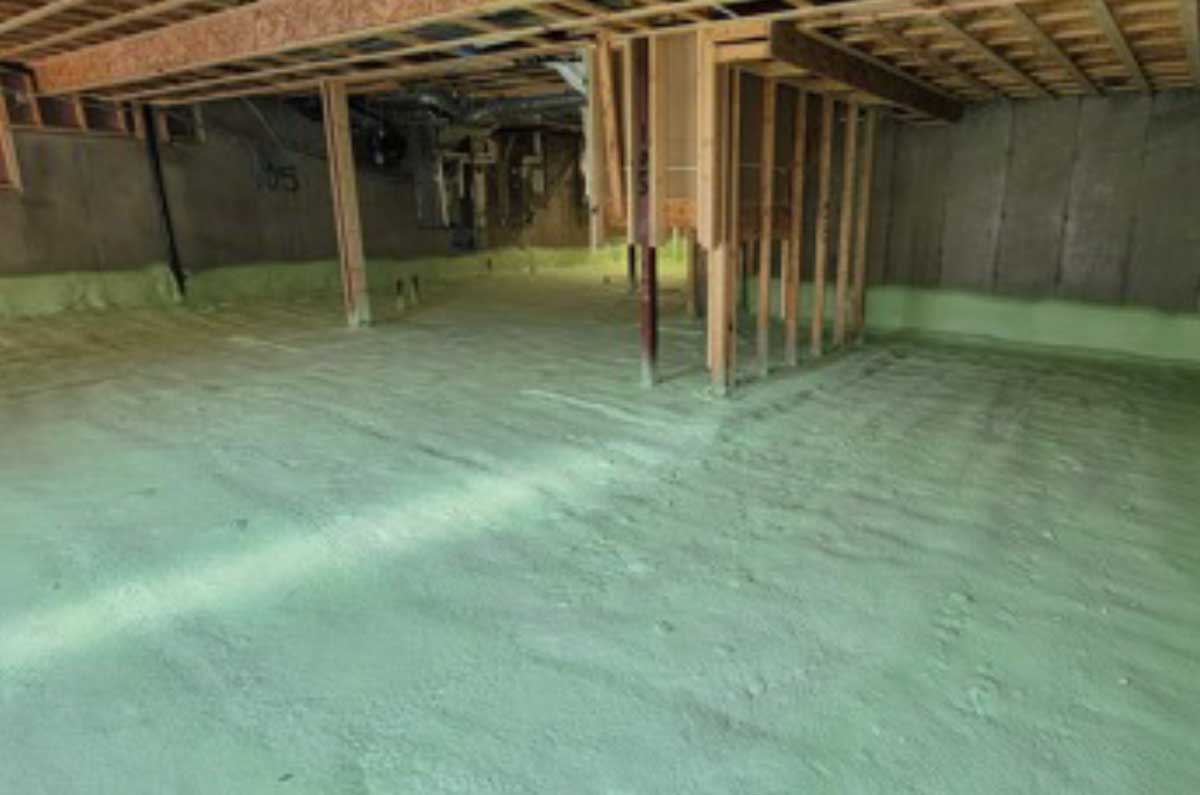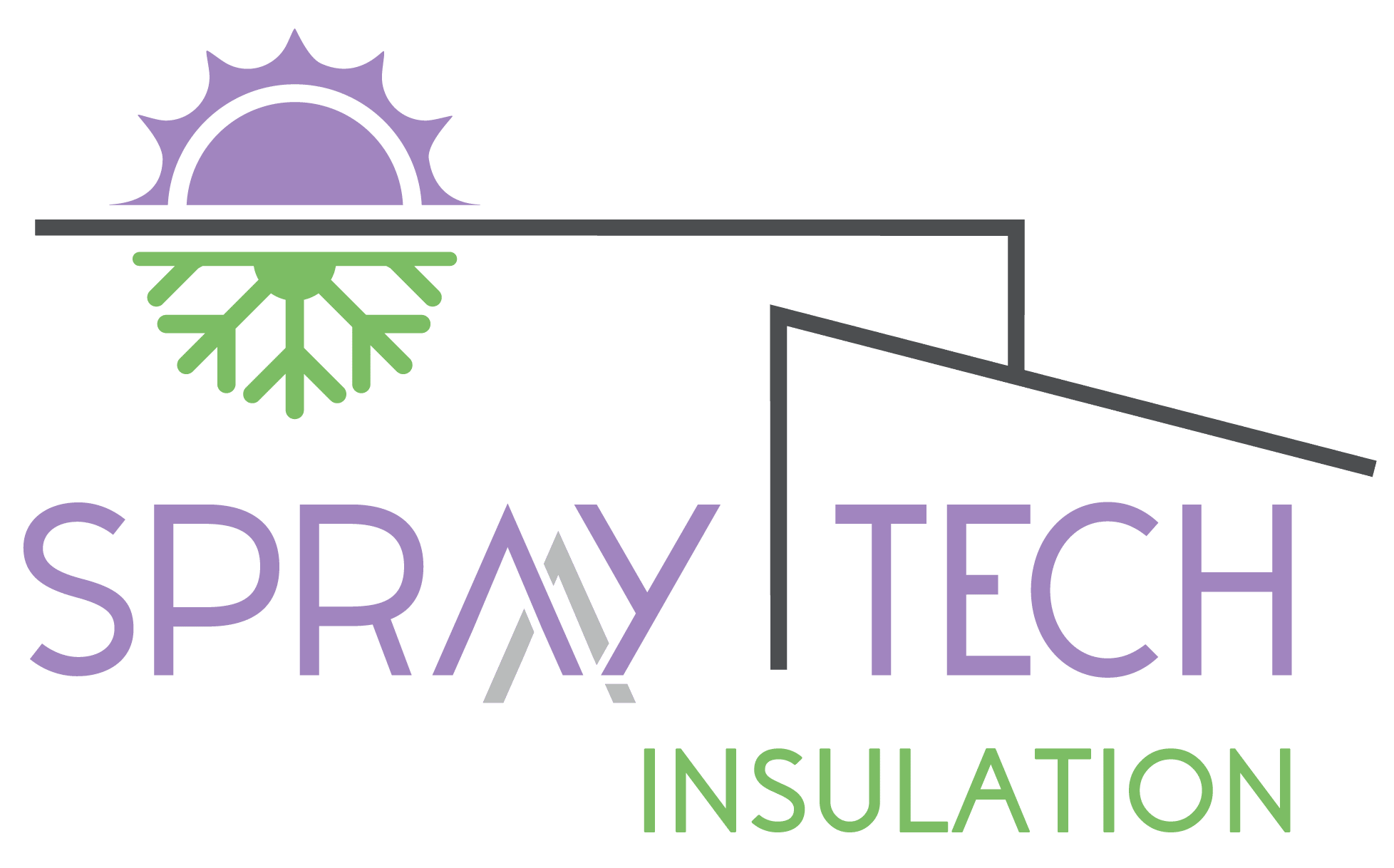
Understanding the Importance of Moisture Control
When considering basement insulation, one of the key questions homeowners face is whether a vapor barrier is necessary. In many cases, using a vapor barrier is essential to prevent moisture buildup, which can lead to mold and structural damage. This simple addition can significantly enhance the performance of insulation and improve overall comfort in the living space.
Understanding the specific conditions of a basement can influence the decision to install a vapor barrier. Factors like humidity levels, climate, and the presence of existing water issues play a vital role in determining the effectiveness of insulation strategies. Choosing the right approach can not only protect a homeowner’s investment but also provide a healthier living environment.
The process of installing insulation and vapor barriers requires attention to detail and adherence to best practices. By exploring the various techniques and considerations, homeowners can make informed decisions that will benefit their homes in the long run.
Key Takeaways
- Vapor barriers are key to preventing moisture-related issues in basement spaces.
- Proper installation techniques are crucial for effective insulation performance.
- Understanding local conditions helps in making informed insulation choices.
Understanding Basement Insulation
Basement insulation is essential for improving energy efficiency and comfort in a home. It involves different materials and techniques that help manage temperature and moisture effectively.
Types of Insulation Materials
Common insulation materials for basements include:
- Fiberglass Batts: These are pre-cut batts that fit between the studs. They are a top pick due to their effectiveness and affordability.
- Closed Cell Spray Foam: This type offers a high R-value and moisture resistance. It must be installed by a professional and creates an airtight seal.
- Rigid Foam Board: It provides excellent thermal resistance and can be applied directly to basement walls. This method is effective in reducing heat transfer.
- Blown-In Insulation: Ideal for filling hard-to-reach areas, it can be made from fiberglass or cellulose.
In terms of installation, the question arises about the placement of vapor barriers. Generally, a vapor barrier should be installed on the warm side of the insulation to prevent moisture from the interior air from contacting the cold walls.
Benefits of Basement Insulation
Insulating a basement has several advantages:
- Energy Efficiency: Proper insulation minimizes heat loss, reducing energy costs for heating and cooling.
- Moisture Control: Insulation paired with a vapor barrier helps manage moisture, preventing mold growth and structural damage.
- Comfort Improvement: A well-insulated basement maintains a consistent temperature, enhancing comfort in the home.
When considering insulation, individuals often question whether a vapor barrier is necessary. It is generally recommended to install a vapor barrier before adding insulation as it protects against moisture, particularly in humid climates. This method creates an effective barrier against condensation.
The Role of Vapor Barriers
Vapor barriers are critical components of basement insulation. They control moisture flow, prevent damage, and enhance energy efficiency. Understanding their definition, distinct characteristics, and specific functions helps to make informed decisions about basement insulation.
Definition of Vapor Barriers
A vapor barrier is a material that resists moisture diffusion, typically made of polyethylene film or other impermeable substances. Its primary role is to act as a barrier against water vapor moving from high to low concentrations. In basement applications, it is crucial to place the vapor barrier on the warm side of the insulation. This setup helps keep moisture within the living space while preventing dampness from penetrating the insulation and walls.
The effectiveness of a vapor barrier is measured by its permeability rating. A lower permeability indicates better moisture resistance, which is essential in colder climates where moisture management is critical.
Comparison with Moisture Barriers
While often confused, vapor barriers and moisture barriers serve different purposes. A moisture barrier focuses on preventing liquid water from entering a structure, while a vapor barrier specifically targets water vapor.
Moisture barriers are typically installed in areas prone to flooding or standing water, such as foundations and crawl spaces. In contrast, vapor barriers are strategically placed within walls and ceilings to manage humidity and prevent condensation.
Generally, in basements, both may be necessary, depending on the environmental conditions. For instance, a combination of a vapor barrier and a moisture barrier ensures comprehensive protection against both moisture and vapor.
Purpose of Vapor Barriers in Basements
The primary purpose of vapor barriers in basements is to prevent moisture buildup that can lead to mold growth, structural damage, and overall deterioration of insulation. By blocking moisture migration, they contribute to healthier indoor air quality.
Installation should be done carefully, ensuring that all seams are sealed to avoid gaps. Common materials for basement vapor barriers include polyethylene film and specialized membrane systems that allow for some air movement while blocking moisture.
To maintain effectiveness, regular inspections are recommended. Monitoring for signs of condensation or water intrusion can help homeowners address issues before they escalate. Properly installed vapor barriers not only enhance comfort but also extend the life of the building’s materials.
Installation Techniques
Proper installation of insulation and vapor barriers in basements is crucial for maintaining energy efficiency and preventing moisture issues. The following techniques will help ensure effective application of these materials.
Preparation Steps for Installation
Before starting, it is vital to prepare the basement correctly. Begin by inspecting the area for any signs of water damage or mold. Any existing moisture must be addressed before proceeding. This may involve repairs to leaks or applying waterproofing solutions.
Next, clean the basement walls and floor to ensure proper adhesion of materials. Removing dust, debris, and loose paint will enhance the effectiveness of both insulation and vapor barriers.
If installing insulation against concrete walls, allow the surface to dry thoroughly. Finally, gather necessary materials such as insulation boards, a vapor barrier, tape, and fasteners. Following these steps will result in a more efficient installation process.
Sequential Order of Insulation and Vapor Barrier Installation
The order of installation significantly impacts performance. Start by placing insulation against the basement walls. Rigid insulation boards are often suitable as they can effectively minimize heat loss. It is crucial to ensure they fit tightly together to avoid thermal bridging.
Once the insulation is in place, the vapor barrier installation follows. Install the vapor barrier over the insulation, making sure that there are no gaps. Proper sealing is essential; any air leaks can lead to moisture buildup.
If using a polyethylene sheet, overlap seams by at least 12 inches and seal them with appropriate tape to create a continuous barrier. This process will help prevent moisture transfer that could lead to mold growth within the insulation.
Specific Applications
When considering insulation in a basement, the use of vapor barriers is influenced by the specific areas being insulated. Each application has unique requirements to effectively manage moisture and prevent issues such as mold growth.
Basement Ceiling Vapor Barrier Considerations
In a basement, the ceiling often separates the living space above from the potentially humid environment below. Installing a vapor barrier on the basement ceiling can help prevent moisture-laden air from entering. This is particularly important in climates with high humidity.
If a ceiling is insulated, a vapor barrier should be placed on the warm side of the insulation to block warm air from reaching the cooler surfaces. Failing to include this barrier may lead to condensation and subsequent mold issues. Additionally, it is essential to seal all seams and penetrations to maintain the barrier’s integrity.
Basement Floor Insulation and Vapor Barriers
The installation of insulation under basement floors typically requires careful consideration of moisture control. In many cases, insulation alone is not sufficient if there is potential groundwater movement. A vapor barrier is often recommended to protect against water vapor rising from the ground.
This barrier should be placed directly on the subfloor before laying insulation. Without it, moisture may migrate into the insulation, reducing its effectiveness. It’s important to choose a barrier that can withstand moisture without deteriorating. An improper installation can lead to long-term issues, including mold growth.
Concrete Wall Vapor Barriers
Concrete walls are porous and can absorb moisture, making vapor barriers crucial. If insulation is applied to a basement concrete wall, a vapor barrier should be installed to prevent moisture from penetrating the insulation. It is advisable to use a non-water sensitive insulation material with a vapor barrier to protect against condensation.
The vapor barrier should be affixed directly to the concrete surface, covering all seams thoroughly. Ignoring this step can result in moisture build-up, increasing the risk of mold. Addressing these factors will enhance the overall efficiency of the insulation and prolong the lifespan of the materials used.
Advantages and Disadvantages of Vapor Barriers
Understanding the pros and cons of using a vapor barrier in a basement is crucial for effective insulation and moisture management. This section explores the benefits of proper installation and the potential drawbacks of neglecting vapor barriers in basement spaces.
Pros of Using a Vapor Barrier
A vapor barrier plays a pivotal role in moisture control. By blocking water vapor from entering the living space, it helps maintain a drier environment, which can prevent damage to insulation and structural components.
- Mold Prevention: The installation of a vapor barrier significantly reduces the likelihood of mold growth by minimizing moisture buildup. This is particularly important in basements where humidity levels can be high.
- Energy Efficiency: A vapor barrier enhances energy efficiency by reducing heat loss through walls. It creates a more stable temperature environment, leading to potential cost savings on heating and cooling.
- Durability: Protecting insulation from moisture ensures lasting effectiveness, reducing the need for costly repairs or replacements over time.
Cons of Using a Vapor Barrier
Despite its benefits, vapor barriers can pose challenges if not managed correctly. Improper installation can lead to issues rather than mitigate them.
- Trapped Moisture: If a vapor barrier is installed incorrectly, it can trap moisture within the walls. This creates conditions for mold growth and can compromise the integrity of the insulation and structure.
- Limited Natural Drying: In certain climates, vapor barriers can limit the ability of walls to dry naturally. This can be problematic in areas with fluctuating humidity levels.
- Cost and Complexity: Installing a vapor barrier can add to initial construction or renovation costs. Additionally, installing it correctly requires expertise to ensure it functions as intended.
Ignoring the need for a vapor barrier can lead to significant moisture issues such as mold growth and structural damage.
Best Practices and Recommendations
Implementing effective vapor barriers in basement insulation is crucial for moisture control. Proper selection and installation can significantly impact the overall durability and comfort of the basement space.
Selection of the Right Vapor Barrier
Choosing the correct vapor barrier is essential for preventing moisture intrusion. The best moisture barrier for basement walls typically involves polyethylene sheeting with a thickness of at least 6 mils. This thickness provides a robust defense against moisture while being easy to handle and install.
Additionally, options like foil-faced insulation can reflect vapor, further enhancing protection. When selecting a vapor barrier, consider the basement’s humidity levels. For areas with high moisture, opting for a barrier that has a higher permeability may be beneficial. Ultimately, assessing the specific environmental conditions will guide the most effective choice.
Proper Installation for Maximum Effectiveness
Correct installation ensures that the vapor barrier performs as intended. It is critical that the vapor barrier is placed on the warm side of the insulation, preventing moisture from reaching the cold surfaces.
Sealing the edges of the vapor barrier is necessary to maintain its integrity. All seams should be taped securely using a suitable adhesive tape, ensuring no gaps exist. In addition, it is important to pay close attention when fitting the barrier around any openings, such as pipes and electrical boxes, as these can serve as points of entry for moisture.
Regular inspections after installation can help identify any areas that might need reinforcement. By adhering to these practices, one can maximize the effectiveness of the vapor barrier in safeguarding against moisture issues.
Common Issues and Troubleshooting
Basement insulation presents specific challenges that can lead to moisture issues, including mold and inadequate sealing. Identifying and addressing these problems promptly is crucial for maintaining a healthy environment.
Dealing with Mold and Mildew
Mold and mildew thrive in damp conditions often found in uninsulated or improperly insulated basements. If a vapor barrier is not installed, moisture can permeate the insulation, leading to condensation on cooler surfaces. This creates an ideal environment for mold growth.
To combat this, check for visible mold and musty odors regularly. If detected, one should clean the affected area using a solution of water and detergent or a specialized mold cleaner. For significant infestations, engaging a professional is advisable. It’s also essential to ensure proper ventilation in the basement to reduce humidity levels.
Addressing Inadequate Sealing
Inadequate sealing around the insulation can allow moisture-laden air to enter the basement, compromising insulation’s effectiveness. One should inspect seams, joints, and edges for gaps. Where gaps are found, it is vital to apply appropriate sealants or foam to prevent air leaks.
Additionally, the lack of a vapor barrier can exacerbate this issue. Without a barrier, the likelihood of moisture intrusion increases, leading to insulation deterioration. Proper sealing not only reduces moisture entry but also enhances energy efficiency.
Preventing Future Insulation Problems
Regular maintenance is essential to avoid future insulation issues. One should inspect the integrity of the insulation and the condition of the vapor barrier if installed.
Using moisture-resistant materials for insulation can also aid in minimizing potential issues. Choosing non-water sensitive insulation will protect against condensation and subsequent mold growth. Furthermore, monitoring humidity with a hygrometer can help maintain optimal moisture levels. Immediately addressing any spots that show signs of dampness is crucial to avoid more extensive problems in the future.
Curious about whether your basement insulation needs a vapor barrier? With our advanced spray foam insulation, you get an all-in-one solution that not only insulates, but also acts as a vapor barrier, eliminating the need for multiple materials and installations. This comprehensive approach ensures your basement stays dry and energy-efficient year-round. Contact us today to learn how we can simplify your basement insulation process and protect your home from moisture.
continue reading

